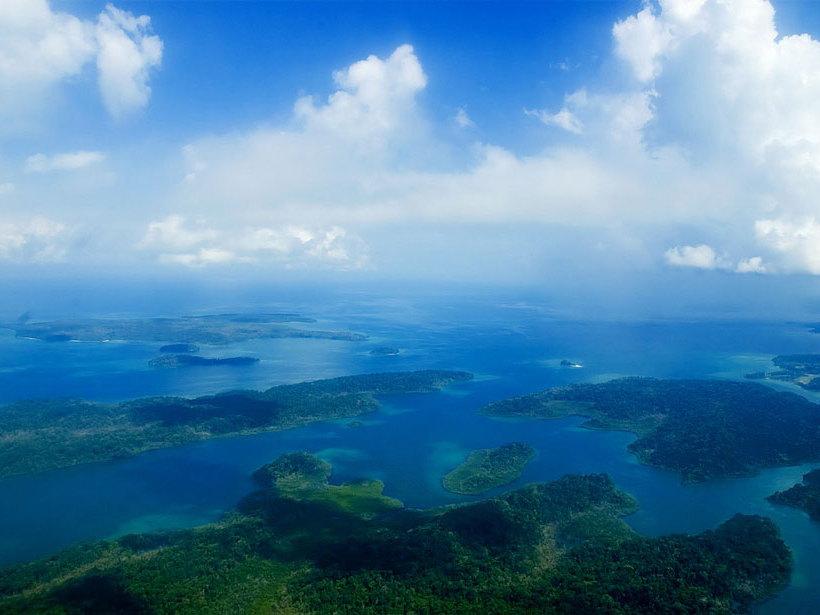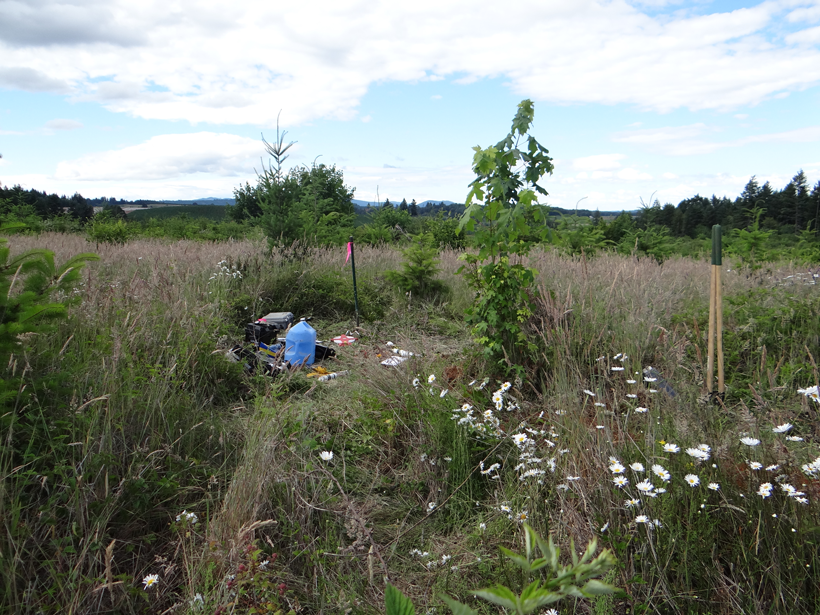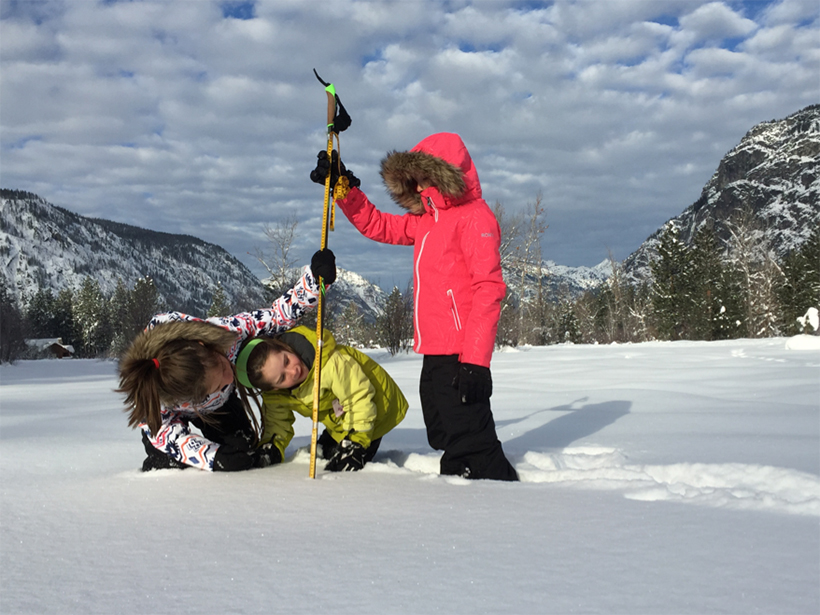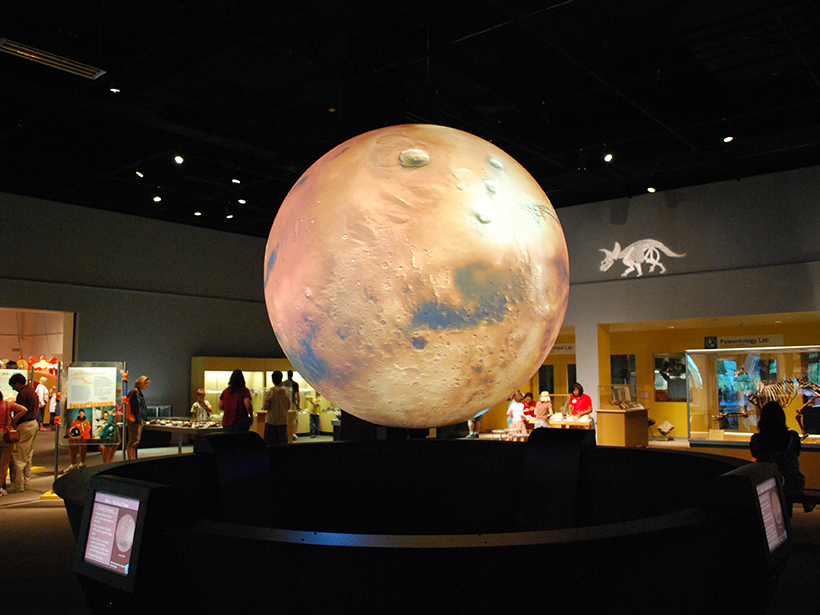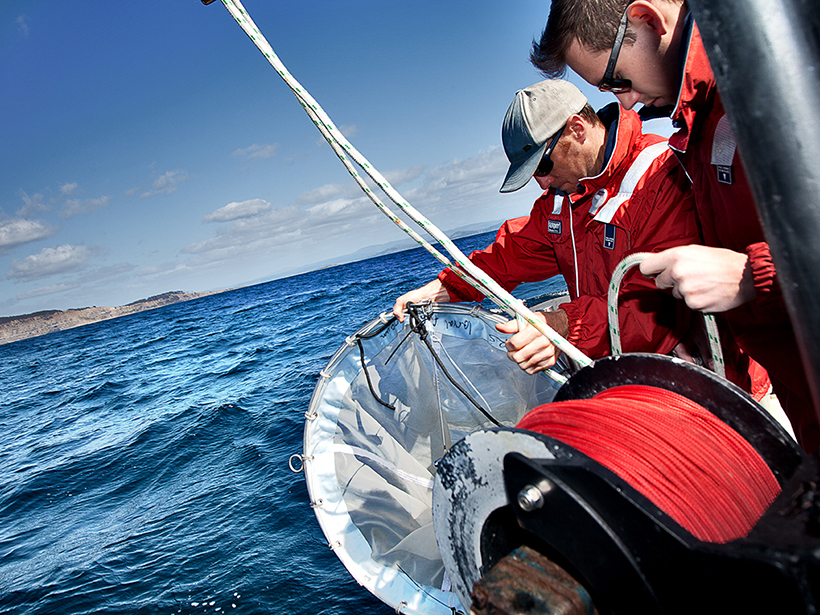Root Trait and Soil Carbon Workshop; Oak Ridge National Laboratory, Oak Ridge, Tennessee, 31 July to 1 August 2018
Science Updates
Investigating the Northern Indian Ocean’s Puzzling Geodynamics
International Ocean Discovery Program (IODP) Proposal Nurturing Workshop on Indian Ocean; Goa, India, 17–18 September 2018
Remote Sensing Leads to Better Understanding of Polar Regions
Fifteenth International Circumpolar Remote Sensing Symposium; Potsdam, Germany, 10–14 September 2018
Taking Magnetotelluric Data out of the Drawer
Magnetic and electric field measurements at Earth’s surface provide information on Earth’s interior and on space weather. An open-source central repository of these data has received a major update.
Bridging the Gap Between Sustainability and Disaster Management
IGCS Summer School 2018 on Coastal and River Hazards & Management Strategies; Aachen, Germany, 14–25 July 2018
A Deeper Investment for Deep Time Science
Seven proposals recently funded by the National Science Foundation will ensure more access to laboratories that specialize in geochronology.
Facilitating Field-Scale Experiments in Volcano Hazards
Multidisciplinary Volcano Hazards Experiments at the Geohazards Field Station; Amherst and Springville, New York, 24–27 July 2018
Crowdsourcing Snow Depth Data with Citizen Scientists
A new project harnesses the power of the winter backcountry recreation community to gather data that are vital to understanding snow, from winter hazards to water resources.
Magnetic Mars Engages Lay Audiences in Science
A NASA team has developed resources to intrigue the public with the discoveries from its Mars Atmosphere and Volatile Evolution (MAVEN) mission. Here are four tips for communicating that science.
Sustainable Observations of Plankton, the Sea’s Food Foundation
Workshop on Developing an Implementation Plan for a Sustained, Multidisciplinary Global Observing System of Plankton Communities; Santa Cruz, California, 25–27 June 2018


